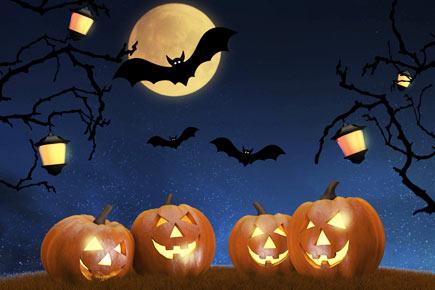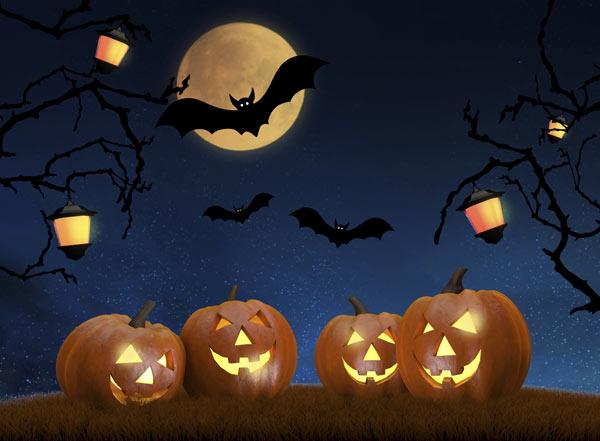Halloween, commonly associated with dead spirits and souls, has tantalised the imagination of children and grown-ups alike. On this occasion, we present some facts about this festival celebrated worldwide

Halloween, All Hallow's Eve, Samhain, Trick or Treat, ghosts, spooky festivals, Halloween Eve, Happy Halloween, Halloween trivia

ADVERTISEMENT
Originally, in Celtic culture, it marked the beginning of the new year on November 1. The day was named Samhain.
The word Halloween or Hallowe'en dates to about 1745 and is of Christian origin, It means "hallowed evening" or "holy evening" and comes from a Scottish term for All Hallows' Eve (the evening before All Hallows' Day).
In Scots, the word "eve" is even, and this is contracted to e'en or een. Over time, (All) Hallow(s) Eve(n) evolved into Halloween. Although the phrase "All Hallows'" is found in Old English (ealra halgena mæssedæg, all saints mass-day), "All Hallows' Eve" is itself not seen until 1556.
Spooky stories were associated with Halloween. It was said that on October 31, the dead return to earth. In fact, many priests claimed that on that night, they could communicate with departed souls.
The pagans also believed that the ghosts helped them predict what would happen in the upcoming year and control any danger threatning the world.
However, with the advent of Christianity, the pagan beliefs slowly eroded and November 1 was declared All Saints Day. But certain features, like the trick or treat ritual, stayed on. The Halloween witch with her broomstick became a part of the popular imagination in the West. To this day, children dressed as witches go knocking from door to door, asking "Trick or treat?"
Though the pagan concept of Halloween has faded, the pumpkin, candy corn, bonfire and scary costumes, all associated with the old rituals, continue to be a part of the celebrations. And this is the tradition that inspires theme parties everywhere.
 Subscribe today by clicking the link and stay updated with the latest news!" Click here!
Subscribe today by clicking the link and stay updated with the latest news!" Click here!






